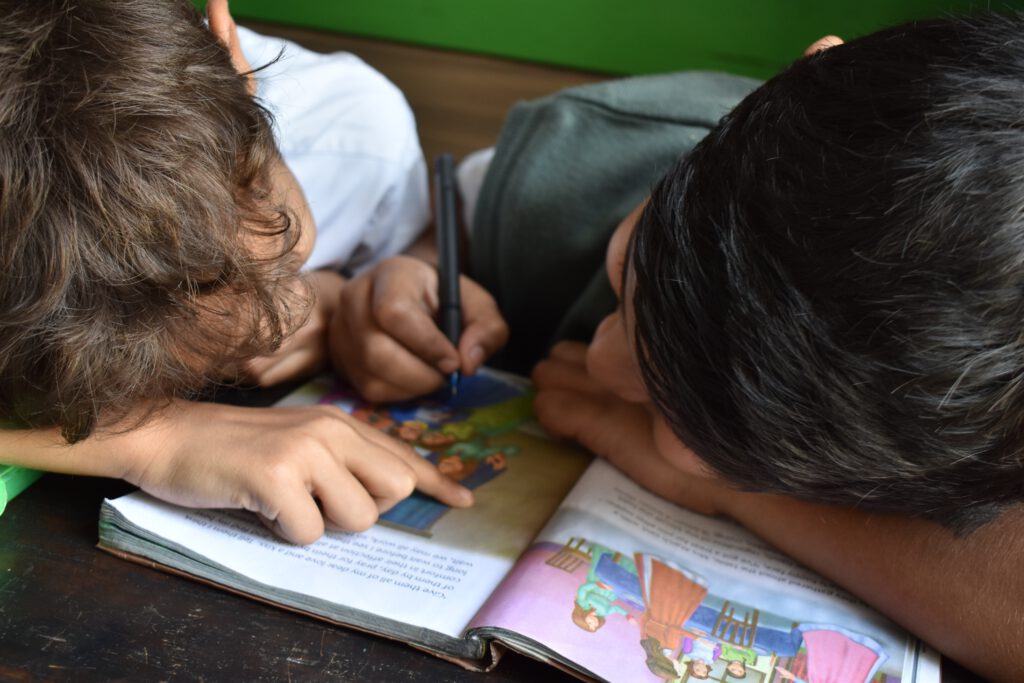Teaching diversity within an early years setting

Collaborative Post
According to the latest census data, 13% of the United Kingdom population is considered to be of mixed or foreign descent. It is also likely that the nation will become more diverse in the future. This is why there is no better time to teach children about their differences. However, teaching diversity within an early years setting can be somewhat challenging. What steps can educators take in order to ensure that the right strategies are being adopted? Let us take a quick look at some professional advice.
Address the basic notion of stereotypes
Even at a very young age, children have already developed a sense of the world around them (albeit from a somewhat narrow perspective). This is simply part of the overall learning process. This is also when accidental stereotypes may begin to develop. Children should be taught that such misconceptions are generally the results of misunderstandings. If stereotypes are challenged within the classroom, they will be much less likely to gain a foothold in the future.
Employ stories based around different cultures
Another excellent way to teach children about diversity involves reading culturally rich stories. Dioramas and similar visual elements can also be employed, as these can help to explain the behaviours of different individuals. Of course, the main goal of these materials is to illustrate that outer differences are a part of human nature.
Introduce music
There are currently more than 7,000 languages on the planet. Consequently, a massive variety of music exists. Children love listening to new songs, so it only stands to reason that this is another powerful approach to employ. Try and find songs that are relevant to different cultures that may be present within the classroom. You may also ask parents to lend you examples of their favourite music.
A bit of flavour
Food is yet another effective way to bridge gaps between different cultures. Children will gain a better appreciation of the world around them and they can also ask specific questions (such as if a type of food is eaten for religious purposes). The use of food is likewise a great way to lead into other EYFS lessons (including how to cook and what utensils are employed when preparing certain dishes).
Building awareness at an early age
The majority of classrooms throughout the United Kingdom cater for a host of races and cultures. This is why teaching children about diversity will provide them with a much broader perspective. Let’s also keep in mind that it is now possible to record responses and to share these with others through the use of the EYFS software by Educater. This is also a great way to appreciate if any children are having difficult grasping such a unique subject.
Either way, teachers and parents alike are responsible for helping to create an understanding and welcoming environment. Dispelling any myths surrounding the concept of diversity will help to promote tolerance inside and outside of the classroom.
Photo by Andrew Ebrahim on Unsplash

